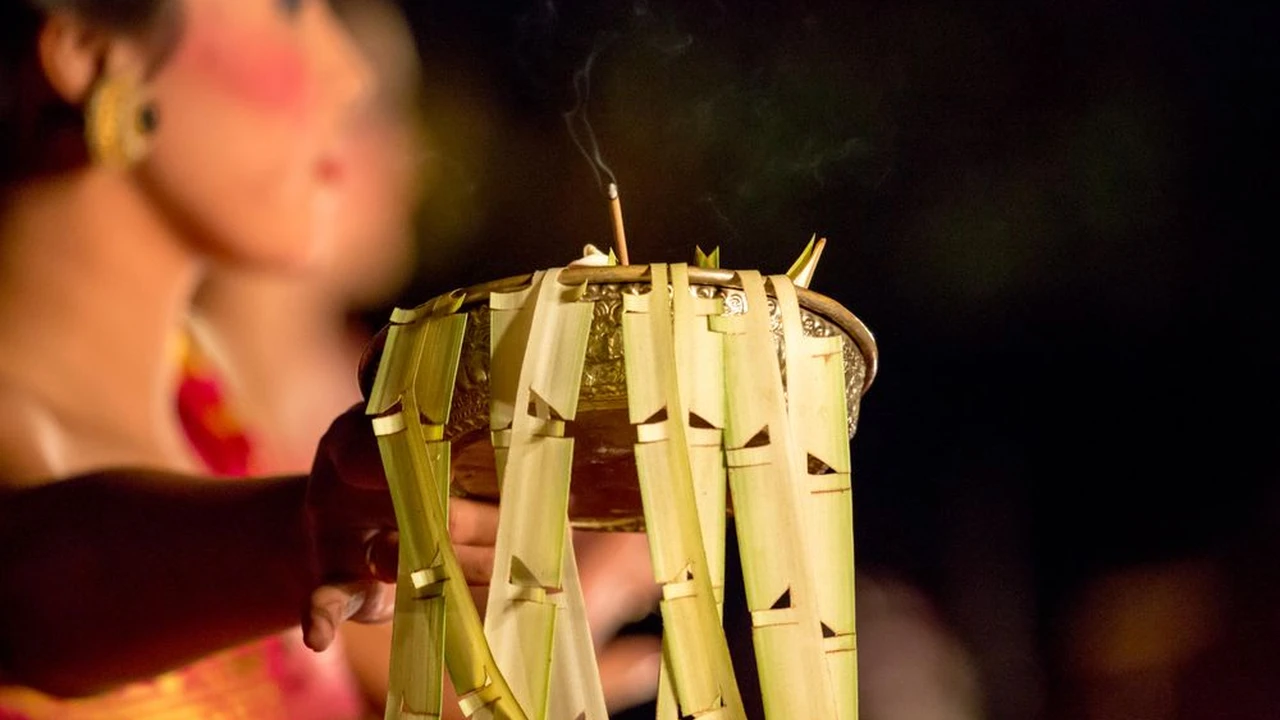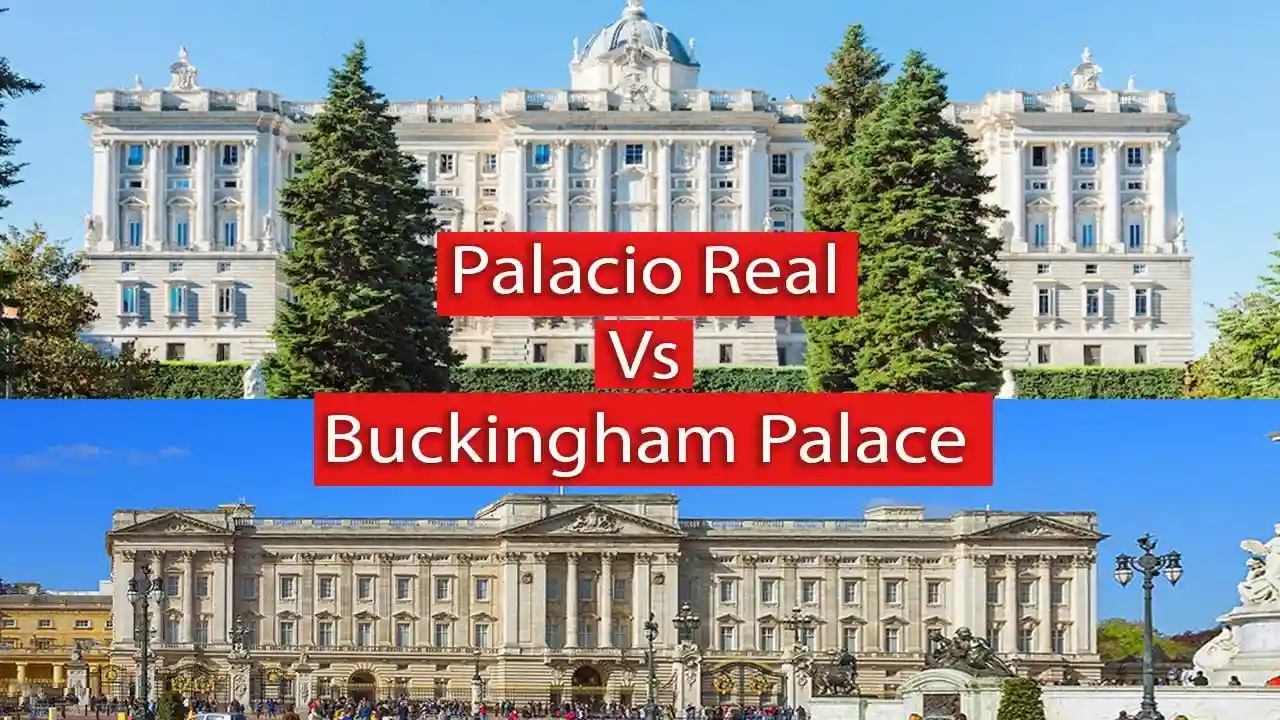Southeast Asian Royal Rituals and Ceremonies A Cultural Insight
Southeast Asian Royal Rituals and Ceremonies A Cultural Insight

Royal Wedding Ceremonies in Southeast Asia: A Celebration of Tradition and Love
Royal weddings in Southeast Asia are grand affairs, steeped in tradition and symbolism. These ceremonies often last for several days and involve elaborate rituals designed to bless the couple and ensure a prosperous reign. Let's explore some key elements.
In Thailand, Buddhist monks play a crucial role, chanting prayers and performing blessings. The couple may also participate in a Rod Nam Sang ceremony, where honored guests pour water over their hands, symbolizing good fortune and purification. The wedding attire is equally significant, often featuring intricate gold embroidery and traditional designs.
In Malaysia, Malay royal weddings are a blend of Islamic and Malay customs. The Bersanding ceremony, where the bride and groom sit on a decorated dais, is a highlight. Traditional Malay music and dances add to the festive atmosphere. The exchange of Mahar, a bridal gift from the groom to the bride, is an essential part of the Islamic marriage contract.
In Cambodia, Khmer royal weddings are elaborate and colorful. The ceremony often includes traditional dances, such as the Apsara dance, and blessings from Buddhist monks. The couple may also participate in a hair-cutting ceremony, symbolizing a fresh start to their married life.
Royal Coronation Ceremonies: Ascending to the Throne with Pomp and Circumstance
Royal coronation ceremonies mark the formal ascension of a new monarch to the throne. These events are steeped in symbolism and tradition, reaffirming the legitimacy and authority of the ruler. Let's examine some notable examples.
In Thailand, the coronation ceremony is a multi-day event filled with ancient rituals. The new king receives sacred water from various sources throughout the kingdom, symbolizing his connection to the land and its people. He also receives the royal regalia, including the crown, sword, and other symbols of power. The ceremony culminates with the king taking his oath of office and addressing his subjects.
In Brunei, the coronation ceremony is a grand display of Malay royal customs. The new sultan receives the royal regalia, including the Kris, a traditional Malay dagger, symbolizing his authority. The ceremony also includes prayers, music, and traditional dances.
In Cambodia, the coronation ceremony is a blend of Khmer and Buddhist traditions. The new king receives blessings from Buddhist monks and is invested with the royal regalia. The ceremony also includes traditional music and dances, showcasing the rich cultural heritage of the kingdom.
Royal Funerals: Honoring the Departed Monarch with Dignity and Respect
Royal funerals are solemn occasions marked by elaborate ceremonies and displays of respect for the departed monarch. These events often involve elaborate processions, religious rituals, and periods of national mourning. Let's explore some key aspects.
In Thailand, royal funerals are grand and elaborate affairs. The body of the deceased monarch is often kept in state for an extended period, allowing the public to pay their respects. The funeral procession is a majestic display, with elaborate floats, traditional music, and military honors. The cremation ceremony is a deeply symbolic event, marking the final farewell to the departed ruler.
In Indonesia, while no longer a monarchy, the funerals of prominent Sultans in Yogyakarta and Solo still hold significant cultural weight. These events involve traditional Javanese rituals, including gamelan music, elaborate processions, and offerings to the spirits of the ancestors.
In Malaysia, royal funerals are conducted with Islamic and Malay customs. Prayers are offered for the departed ruler, and the body is buried according to Islamic tradition. The funeral procession is a solemn event, with members of the royal family, government officials, and the public paying their respects.
Royal Ordination Ceremonies: A Spiritual Journey for Future Kings
In some Southeast Asian countries, particularly those with strong Buddhist traditions, royal ordination ceremonies are an important part of preparing future kings for their roles. These ceremonies involve the prince becoming a Buddhist monk for a period of time, allowing him to deepen his spiritual understanding and connect with the people.
In Thailand, it's traditional for princes to become monks before ascending to the throne. This period of monastic life is seen as a time for reflection, learning, and spiritual growth. The prince studies Buddhist teachings, meditates, and interacts with the community, gaining a deeper understanding of the needs and aspirations of his people.
While less common today, similar traditions existed in other Buddhist kingdoms of Southeast Asia, emphasizing the importance of spiritual leadership and moral authority for rulers.
Products and Scenarios Related to Experiencing Southeast Asian Royal Culture
Experiencing Southeast Asian royal culture firsthand is a truly enriching experience. Here are some products and scenarios that can enhance your journey:
- Traditional Clothing: Immerse yourself in the local culture by wearing traditional attire like the Thai Chut Thai or the Malay Baju Kurung. These garments are often worn during special occasions and festivals. You can find them at local markets or tailor shops. Prices range from $50 to $500 depending on the material and craftsmanship.
- Handicrafts: Purchase handcrafted souvenirs like silk scarves, wood carvings, or traditional musical instruments. These items are often made by local artisans using traditional techniques. You can find them at local markets, craft shops, or even online. Prices vary widely depending on the item and its quality. Consider supporting local artisans by purchasing directly from them.
- Temple Visits: Explore the magnificent temples and palaces of Southeast Asia, such as Angkor Wat in Cambodia or the Grand Palace in Thailand. Dress respectfully (cover your shoulders and knees) and be mindful of local customs. Entrance fees vary depending on the site, but generally range from $20 to $50.
- Guided Tours: Opt for guided tours led by knowledgeable locals to gain a deeper understanding of the history and culture of Southeast Asian royal traditions. These tours can provide valuable insights and help you navigate the complexities of local customs. Prices range from $50 to $200 per day depending on the tour and its duration. Consider booking a private tour for a more personalized experience.
- Luxury Hotel Stays: Stay in historic hotels or resorts that offer a glimpse into the region's imperial past. These properties often feature stunning architecture, elegant decor, and impeccable service. Examples include The Raffles Hotel in Singapore, or The Oriental Residence in Bangkok. Prices range from $300 to $1000 per night depending on the hotel and the room type.
Comparing Cultural Immersion Products: Choosing the Right Experience
When it comes to experiencing Southeast Asian royal culture, there are various options to choose from. Here's a comparison of some popular products and experiences:
- Group Tours vs. Private Tours: Group tours are generally more affordable, but they offer less flexibility and personalized attention. Private tours are more expensive, but they allow you to customize your itinerary and explore at your own pace.
- Budget Hotels vs. Luxury Hotels: Budget hotels offer basic accommodations at a lower price point, while luxury hotels provide a more comfortable and opulent experience. Consider your budget and priorities when choosing your accommodation.
- Local Markets vs. Tourist Shops: Local markets offer a more authentic shopping experience and the opportunity to interact with local vendors. Tourist shops cater specifically to tourists and may offer a wider selection of souvenirs.
- DIY Travel vs. Package Tours: DIY travel allows you to plan your own itinerary and explore at your own pace, but it requires more research and planning. Package tours offer a convenient and hassle-free way to experience Southeast Asian royal culture, but they may be less flexible.
Ultimately, the best way to experience Southeast Asian royal rituals and ceremonies is to immerse yourself in the local culture, be respectful of local customs, and be open to new experiences. Whether you're attending a royal wedding, visiting a temple, or simply exploring a local market, you're sure to be captivated by the rich and vibrant cultural heritage of Southeast Asia.
:max_bytes(150000):strip_icc()/277019-baked-pork-chops-with-cream-of-mushroom-soup-DDMFS-beauty-4x3-BG-7505-5762b731cf30447d9cbbbbbf387beafa.jpg)






